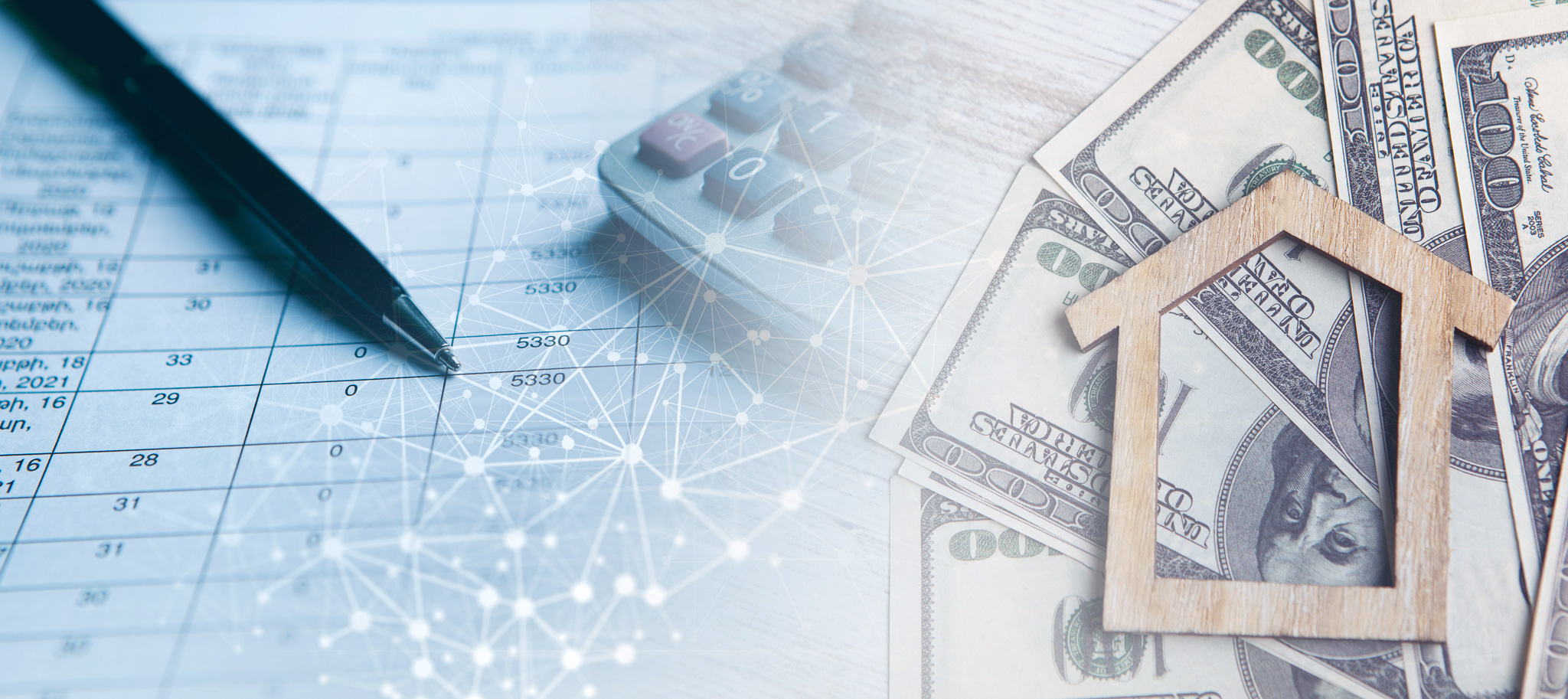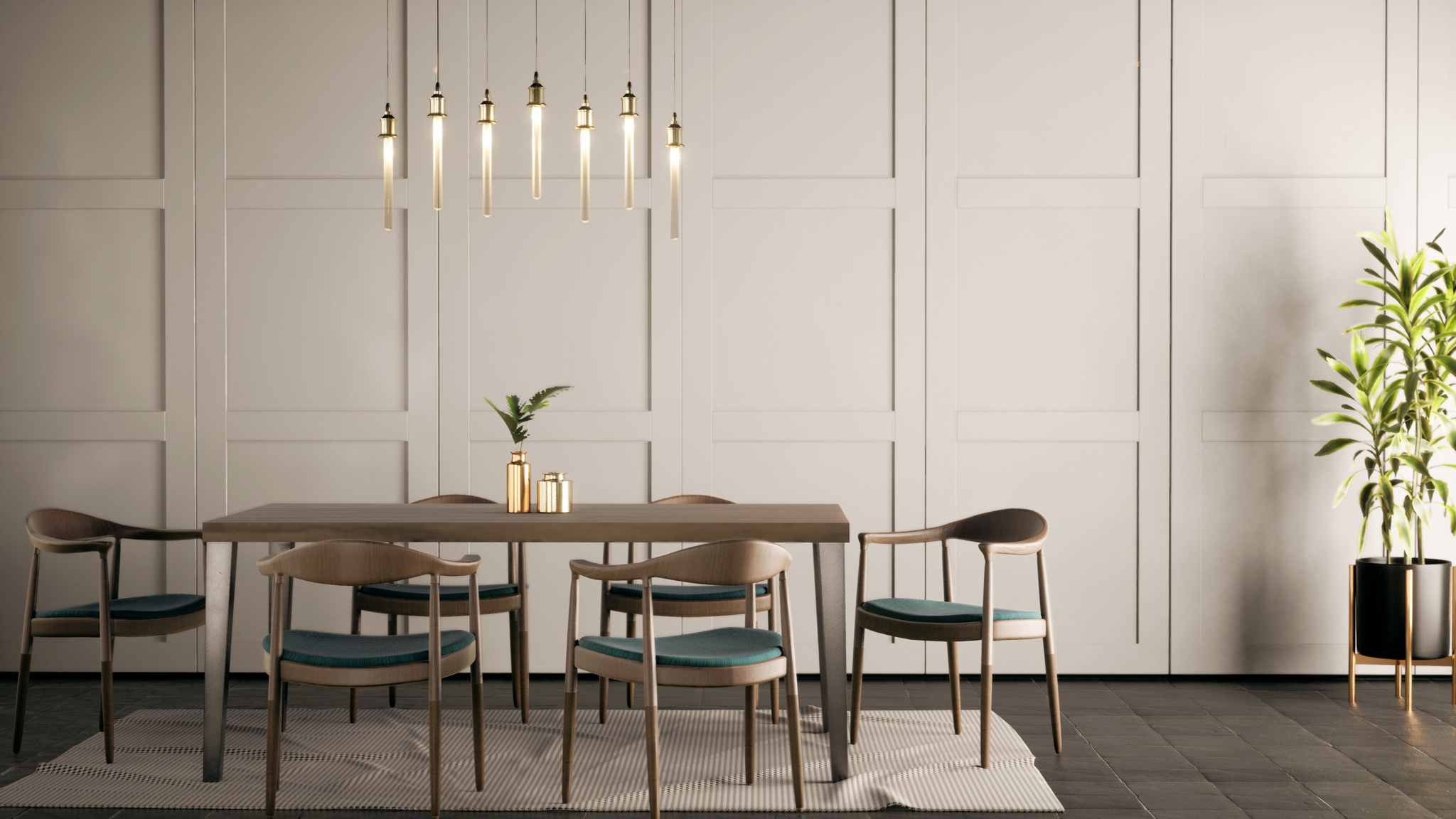Remodeling a home can be an exciting venture. Still, it often comes with unexpected costs that can quickly derail your budget. Knowing these potential expenses can help you plan more effectively and avoid unpleasant surprises. Here are some expected unexpected costs that can break your remodel budget:
Permits and Inspections
Many homeowners need to pay more attention to the cost of permits and inspections when planning a remodel. Perm permits can add hundreds or even thousands of dollars to your budget, depending on your location and the project scope. Inspections that ensure the work meets local building codes may also incur additional fees. Failing to obtain the necessary permits can result in fines and delays.
Structural Issues
Unforeseen structural issues can be a significant expense. Problems such as foundation cracks, water damage, or termite infestations might only become apparent once the remodeling work begins. Addressing these issues is crucial for the safety and stability of your home but can significantly increase your costs.
Electrical and Plumbing Upgrades
Older homes often require updates to electrical and plumbing systems to meet current codes and accommodate modern appliances and fixtures. Discovering outdated wiring or corroded pipes during a remodel can incur additional costs. These upgrades are essential for safety and functionality but can strain your budget.
Hidden Water Damage
Water damage is a common issue that can be hidden behind walls, under floors, or in the ceiling. Mold, rot, and mildew caused by past leaks or poor drainage systems can require extensive repairs. Properly addressing water damage is crucial to prevent further problems and ensure a healthy living environment, but it can be costly.
Material Costs
Material prices can fluctuate due to supply chain issues, demand, or economic factors. You might face unexpected increases if you’ve based your budget on outdated prices or limited availability. Additionally, the costs can add up quickly if you decide to upgrade to higher-quality materials during the remodel.
Labor Costs
Labor costs can also be unpredictable. You may pay more for labor if your project takes longer than anticipated or requires specialized skills. Delays due to weather, contractor availability, or unforeseen complications can all contribute to increased labor expenses.
Design Changes
As the remodel progresses, you may make changes to the original design. Even minor modifications can lead to additional costs for materials, labor, and potential rework. It’s essential to finalize your design plans before starting the project and stick to them as closely as possible.
Temporary Living Arrangements
If your remodel is extensive, you might need to find temporary living arrangements. Hotel stays, short-term rentals or storage for your belongings can quickly add up. Planning for these costs in advance can help you avoid financial strain.
Unforeseen Delays
Delays can occur for various reasons, including contractor scheduling conflicts, supply chain disruptions, or unexpected complications. These delays can extend the project timeline and increase labor, materials, and temporary accommodation costs.
Post-Remodel Clean-Up
After the remodel, you may need to budget for thorough cleaning and debris removal. Hiring a professional cleaning service or renting a dumpster can add to your expenses. Proper clean-up ensures your newly remodeled space is safe and ready for use.
Conclusion
Remodeling a home involves numerous variables, and unexpected costs are almost inevitable. By being aware of potential pitfalls and planning for contingencies, you can better manage your budget and minimize financial surprises. Detailed planning, regular communication with your contractor, and a contingency fund can help you navigate the remodeling process more smoothly and achieve your dream home without breaking the bank.









